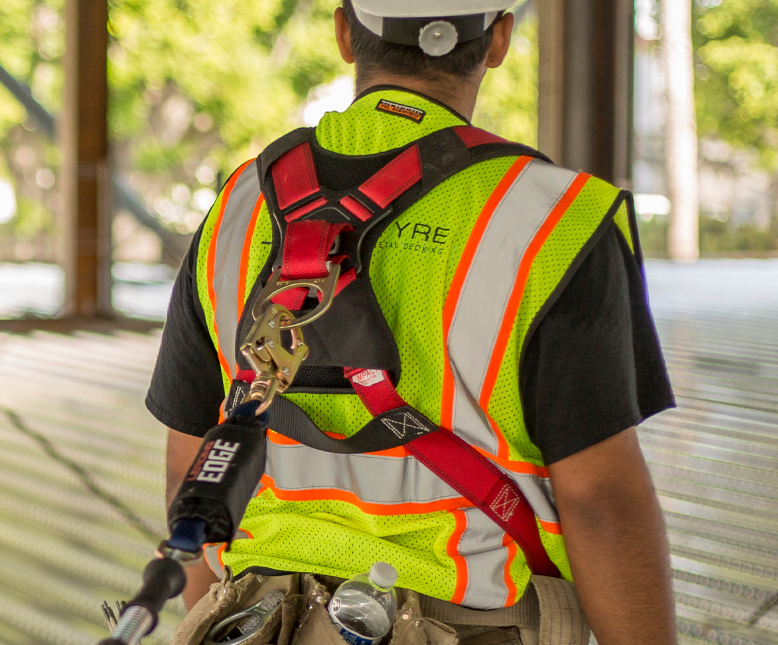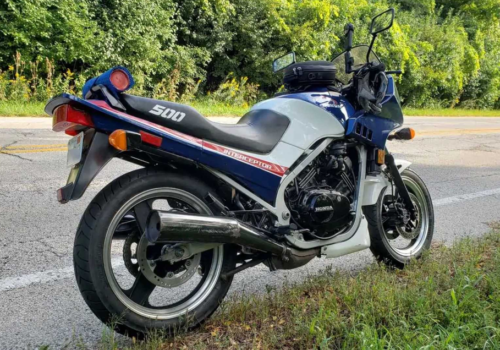Securing Heights: Choosing the Right Fall Arrest Harness
When it comes to working at heights, safety is non-negotiable. A crucial component of this safety apparatus is the fall arrest harness. Selecting the right harness can make a significant difference in preventing injuries during falls. Here are five key features to prioritize when choosing a fall arrest harness.
1. Comfortable Design
Working at heights can be physically demanding, and a comfortable harness is paramount for extended use. Look for a harness with ergonomic padding that distributes weight evenly across the body. Adjustable straps ensure a snug fit, preventing discomfort and chafing. Prioritize models that consider the user’s comfort without compromising on safety.
2. Durable Materials
Durability is a non-negotiable aspect of any fall arrest harness. The materials used should withstand the rigours of challenging environments. High-strength webbing and reinforced stitching are indicative of a quality harness. Regular inspections and adherence to safety standards ensure that the harness remains in optimal condition, ready to perform when needed.
3. Easy Adjustability
A harness that is easy to adjust contributes to user convenience and safety. Quick-connect buckles and easily adjustable leg and shoulder straps facilitate swift and efficient donning. This feature is crucial, especially in emergency situations where every second counts. A harness that can be easily adjusted to fit different body sizes adds to its versatility.
4. Fall Indicator System
Modern fall arrest harnesses often come equipped with a fall indicator system. This feature provides a visual indication if the harness has been subjected to the forces of a fall. It simplifies the inspection process, allowing users and safety officers to identify whether the harness needs to be taken out of service or if it is still safe for use.
5. Compatibility with Other Safety Equipment
A comprehensive safety approach involves the use of various equipment. Ensure that the selected fall arrest harness is compatible with other safety gear, such as lanyards, lifelines, and anchor points. This ensures a seamless integration of safety measures, reducing the risk of user error and enhancing the overall safety of the work environment.
Conclusion
In the realm of working at heights, the significance of a reliable and well-designed fall arrest harness cannot be overstated. Prioritizing comfort, durability, easy adjustability, a fall indicator system, and compatibility with other safety equipment ensures that the chosen harness is not just a piece of gear but a critical component in safeguarding lives.





